Description
Narasimham hair oil is a unique blend of herbs and minerals derived from the time-honoured Rasayana tradition, an integral part of Ayurveda. Regular application of oil on the head is a practice endorsed by Ayurveda scriptures. The head is the most significant part of the body. It encompasses eight vital opening – the eyes, ears, nose and mouth and one significant but subtle access point to the well being of the body – the crown of the head. Application of an Ayurvedic hair oil on the head, while imparting noticeable and sustained health to your hair, at a more subtle level, it works effortlessly towards the well-being of your entire body.
Narasimha tablet is an Ayurvedic nutritional supplement that ensures optimum nourishment and better strength for your body. Narasimha is a part-lion-part-man avatar of Lord Vishnu famous for his strength, vigor, and unyielding prowess. Like Narasimha, this formulation keeps you strong and unsullied with the wholesomeness of Amalaki (Emblica officinalis), Khadira (Acacia catechu), Bhringaraja (Eclipta alba), Chitraka (Plumbago zeylanica), Kasisa bhasma (purified ferrous sulfate), and other potent herbs. This preparation is known for its positive impacts on skin, nails, and hair, and overall body rejuvenation. Narasimha tablet is inspired by Narasimha Rasayana, a classical herbal formulation intended for general well-being.
Healthy hair is an index of your body’s overall health. Improving hair health is a holistic process that requires both internal correction and external application.
Narasimha tablets taken orally taps into your metabolism and favours the growth of new hair, at the same time strengthening the roots and shafts of the hair.
Narasimha hair oil used regularly maintains the scalp at its optimum and conditions the hair.
Tablets: 1-2 tablets twice daily after food. Coupling the tablets with Bhrungaraja ksheera or Bhringaraja asava is recommended for best results.
Oil: Warm sufficient quantity of oil and apply evenly to the hair and scalp. Massage gently in circular motion to reach all parts of the scalp. Wrap a towel and leave on for atleast 20 minutes. Wash off with a mild herbal cleanser or shampoo. Use atleast thrice in a week for best results.
Consistent hair care with the two products for a period of atleast 3 months is recommended for sustained results.
Tablet
KHADIRA (Acacia catechu)
Also known by the names Cutch tree and Karingali in Malayalam, Khadira is mainly a skin tonic. Traditionally it had been used for centuries to treat skin diseases like psoriasis, eruptions, boils, eczema, dermatitis, hives, and acne. Khadira bark is proven to have anti-inflammatory, antimicrobial, antifungal, and antioxidant properties. The plant extract is a tried and tested remedy for diarrhea, cough, asthma, white discharge, gastric irritation, gingivitis, etc. Can be administered internally (kashaya, arishta, etc.) as well as externally (powder, oil, mouthwash, etc.). It shows pain-relieving activity in conditions like osteoarthritis.
CHITRAKA (Plumbago zeylanica)
This is a potent carminative that highly benefits the digestive system. It is a solution for some of the common ailments that involve the digestive system such as indigestion, diarrhea, constipation, anorexia, mouth ulcers, abdominal distension, abdominal pain, burning sensation, etc. It relieves the signs of inflammation, removes toxins, kindles digestive fire, cures malabsorption, and is useful in all diseases of Vata or Kapha origin.
ASANA (Pterocarpus marsupium)-
Asana is an astringent herb with action on Kaphaja and Pittaja diseases. It mainly aids in the cure of skin diseases like vitiligo, herpes, psoriasis, and worm infestation. Asana has also been used traditionally in various menstrual disorders such as menorrhagia, and inflammatory conditions like urinary tract infection, arthritis, etc. Heartwood and resin are the major parts used. The bark is sometimes used in the management of digestive tract disorders. Can be consumed internally and applied topically.
VIDANGA (Embelia ribes)-
Known as false black pepper because of its resemblance to pepper, Vidanga is an excellent remedy for worm infestation, and in fact, named Krimighna due to the above-said property. It regulates the levels of both Kapha and Vata, and fruits and roots are the main parts used. It also cures digestive ailments such as abdominal pain, bloating, poor appetite, ascites, etc. Vidanga helps get rid of intestinal parasites with its anthelminthic properties and constipation with its laxative action.
TRIPHALA
Haritaki (Terminalia chebula), Vibhitaki (Terminalia bellerica), and Amalaki (Emblica officinalis) are the three myrobalans collectively known as Triphala. The noteworthy property of Triphala is its Rasayana (rejuvenating) action. Together they increase the levels of collagen and elastin, increase cellular antioxidants, reduce hyperpigmentation, and thus act as an efficient anti-aging factor. It balances all three doshas (Vata, Pitta, and Kapha) and maintains internal equilibrium. Haritaki has anti-inflammatory properties that help cure infections. It also reduces the redness and blemishes of the skin and is an effective wound healer. All the Sanskrit synonyms of Amalaki mean either ‘nurse’ or ‘mother’. As the names suggest, it nurses your skin tissues tenderly and molds them into their best form. Being used for centuries, Amalaki is proven to be the promoter of healthy skin and therefore, keeps it young and fresh. It is rich in antioxidants that help to get rid of toxic free radicals that affect the skin. Vibhitaki or Bibhitaki, the healer of Kapha is an excellent wound healer, and its bark is employed in various skin conditions including vitiligo.
BHRINGARAJA (Eclipta alba)
It is a praiseworthy ingredient of numerous Ayurvedic formulations meant for rejuvenation and blood purification. This herb is a key benefactor of liver health- the antioxidants in the plant are known for scavenging free radicals, the toxic by-products of energy production. By reducing the toxins reaching the liver, it cleanses the blood and regulates the metabolic activities of the body. Ayurveda categorizes Bhringaraja as one of the Keshya (hair growth booster) drugs, as it helps in the growth of strong, lush hair and prevents premature greying by strengthening the follicles and alleviating scalp itching.
Narasimham Oil
Key ingredients and their benefits:
Asana – Indian Kino tree ( Pterocarpus marsupium)
The flavonoid constituents marsupin, pterosupin and liquiritigenin, found in Indian Kino Tree, reduce serum triglycerides, total cholesterol and low-density lipoprotein in the blood. As an antibacterial and an astringent, Indian Kino Tree helps to heal cuts, bruises and other skin conditions.
Chitraka – White Leadwort (Plumbago zeylanica)
Plumbagin is the active chemical constituent found in the herb, which gives White Leadwort its therapeutic properties. As an anti-inflammatory, oil processed with Chitraka relieves inflammation upon application.
Amalaki – Indian Gooseberry (Embilica officinalis)
Emblic Myrobalan is highly nutritious and is an important dietary source of vitamin C, minerals and amino acids. The dominant active constituent of the herb is a group of tannins derived from Gallic and ellagic acids, which make up a large portion of the extractable non-nutritive constituents. As a rejuvenative herb, it nourishes body tissues and accelerates the cell regeneration process. As a powerful antioxidant, Emblic Myrobalan helps scavenge free radicals linked to premature ageing.
Hareethaki – Chebulic Myrobalan (Terminalia chebula)
Chebulagic, chebulinic acid and corilagin are the principal constituents, which render the herb its therapeutic property. The antioxidant constituents of the plant, phloroglucinol and pyrogallol, have been isolated along with ferulic, vanillic, p-coumaric and caffeic acids.
Vibheethaki – Belliric Myrobalan (Terminalia bellirica)
The herb contains ß-sitosterol, gallic acid, ellagic acid, ethyl gallate, galloyl glucose and chebulagic acid, which render the herb its therapeutic properties.
Lohabhasma (Calcined iron granules)
Incinerated form of Iron, Loha Bhasma has been attributed potent therapeutic properties by Ayurveda Scriptures. It pacifies vata derangement in the scalp region and stimulates hair follicles for hair growth.
Bhringaraja – (Eclipta alba)
This herb contains wedelolactone and demethylwedololactone, which possess hepatoprotective properties. It shows a positive effect on liver cell regeneration and is reported to be effective in the treatment of inflammatory diseases. The herb is believed to prevent ageing, and maintain and rejuvenate hair, teeth and bones along with improving memory, sight and hearing. When used in hair oil, it makes hair darker and promotes hair growth.
Narikela – Coconut (Cocos nucifera)
Octanoic acid, which has antifungal properties, is one of the major active constituents of Coconut. It also contains vitamins E and K and minerals such as iron. Polyphenols, such as gallic acid, gives the fruit its fragrance and taste. Because of its inherent antifungal and antibacterial properties, Coconut oil is an extremely popular ingredient in haircare and skincare products.


 Sign In
Sign In Cart
Cart 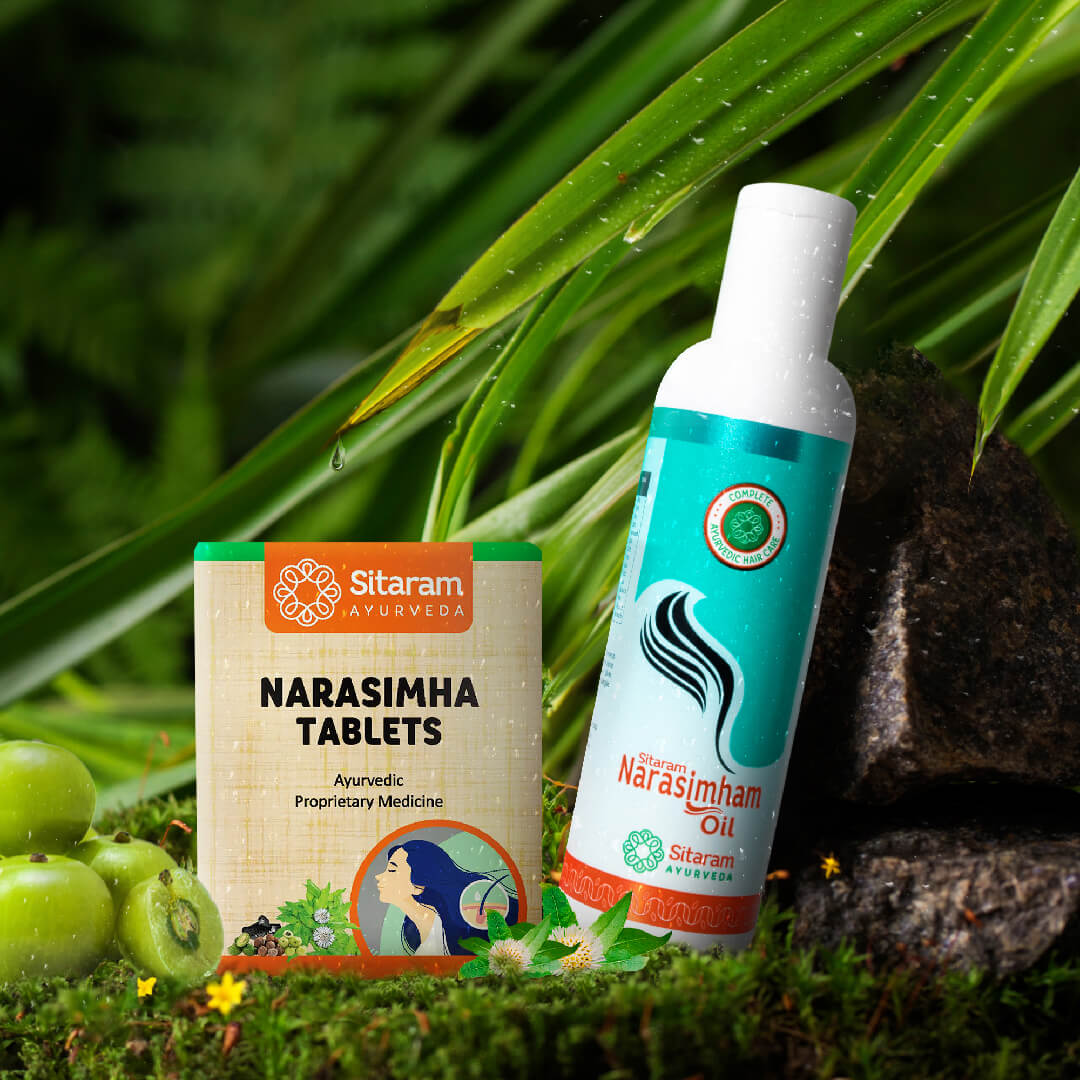
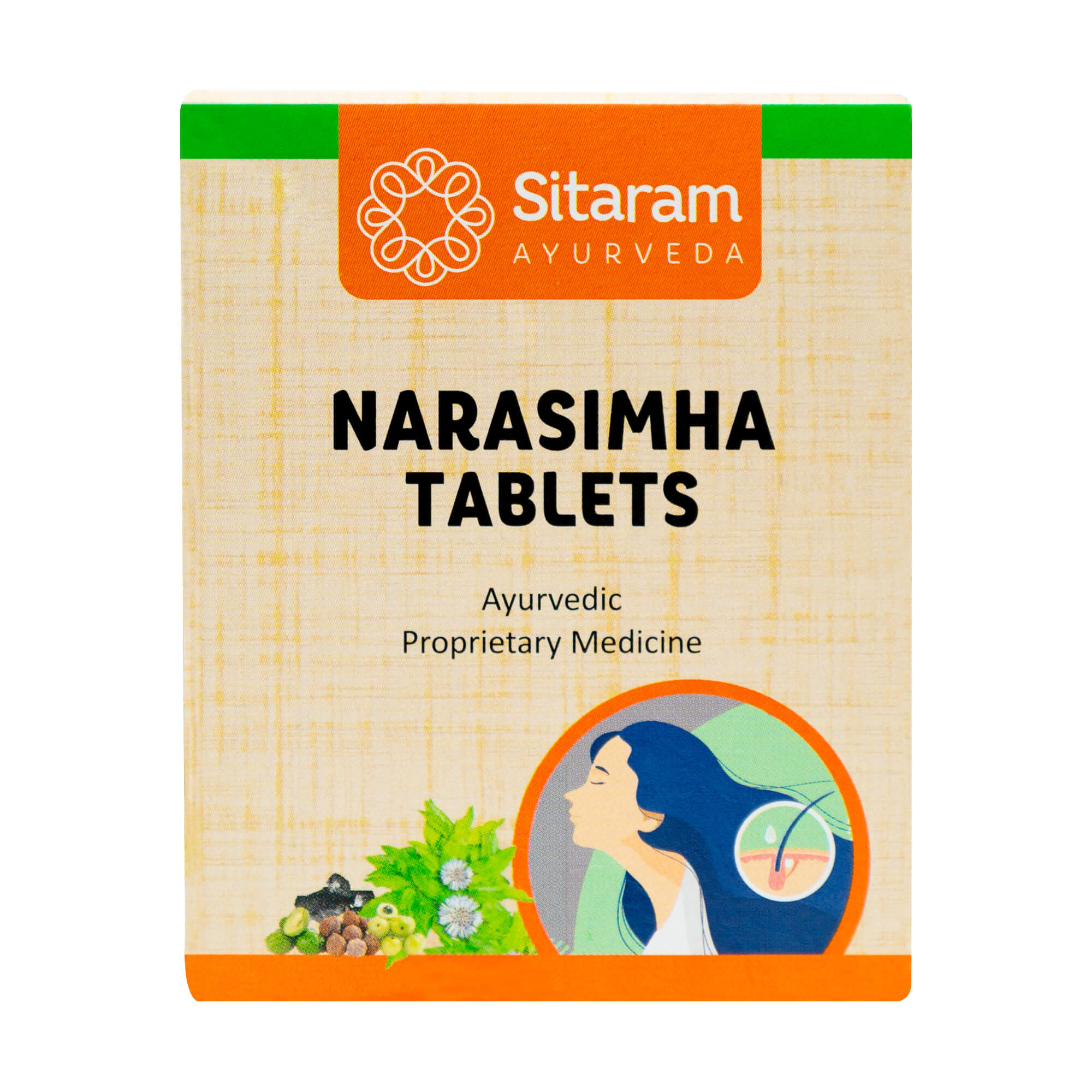

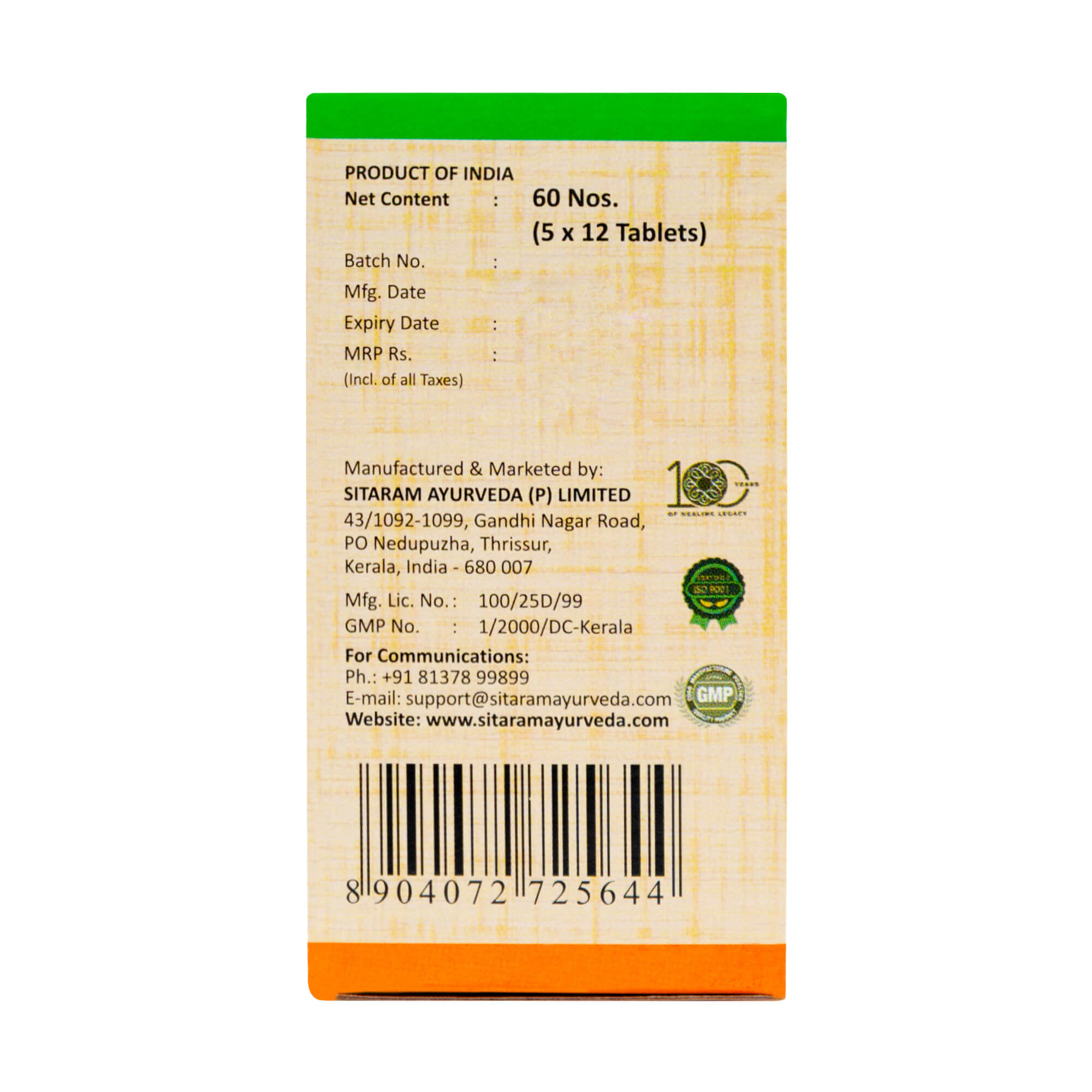
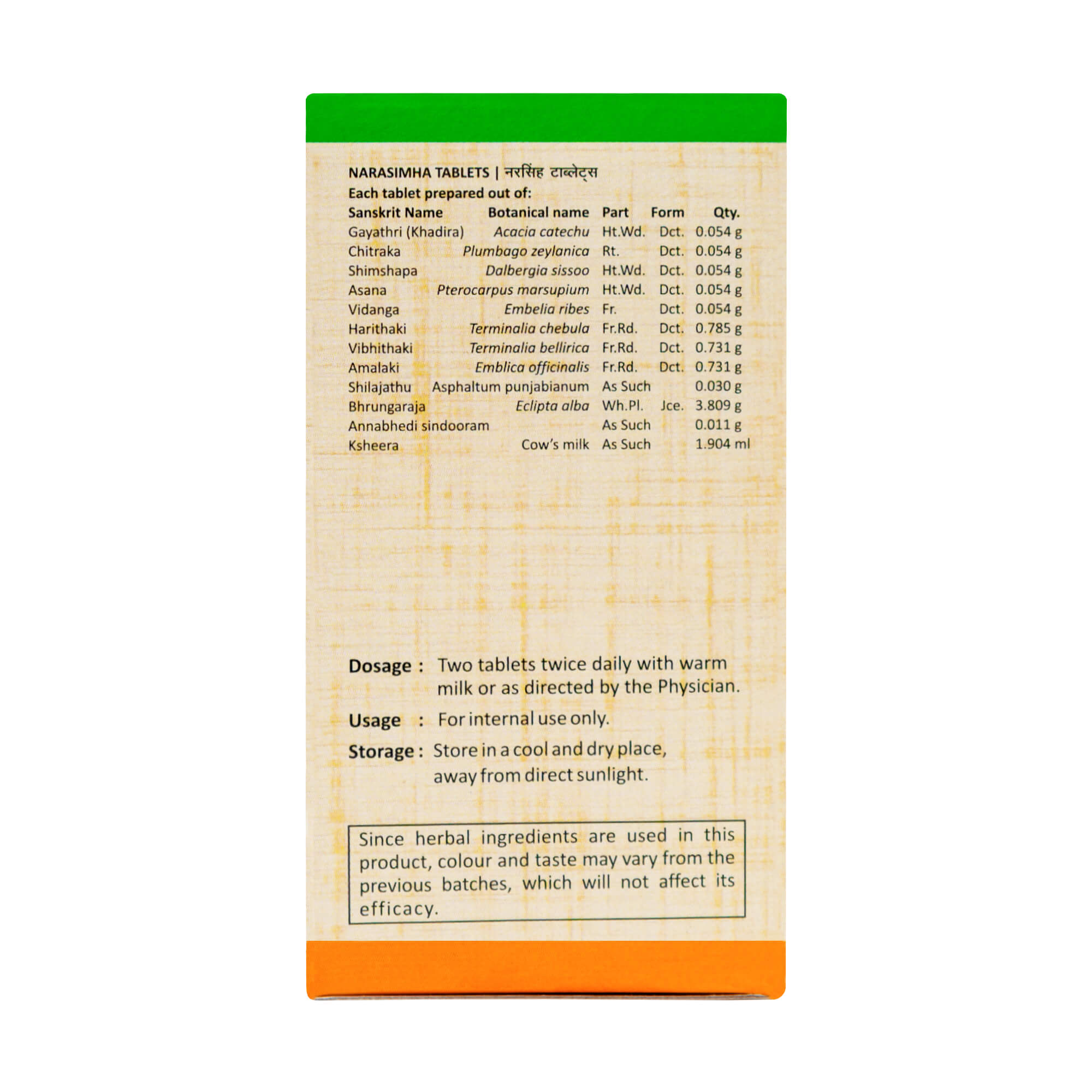
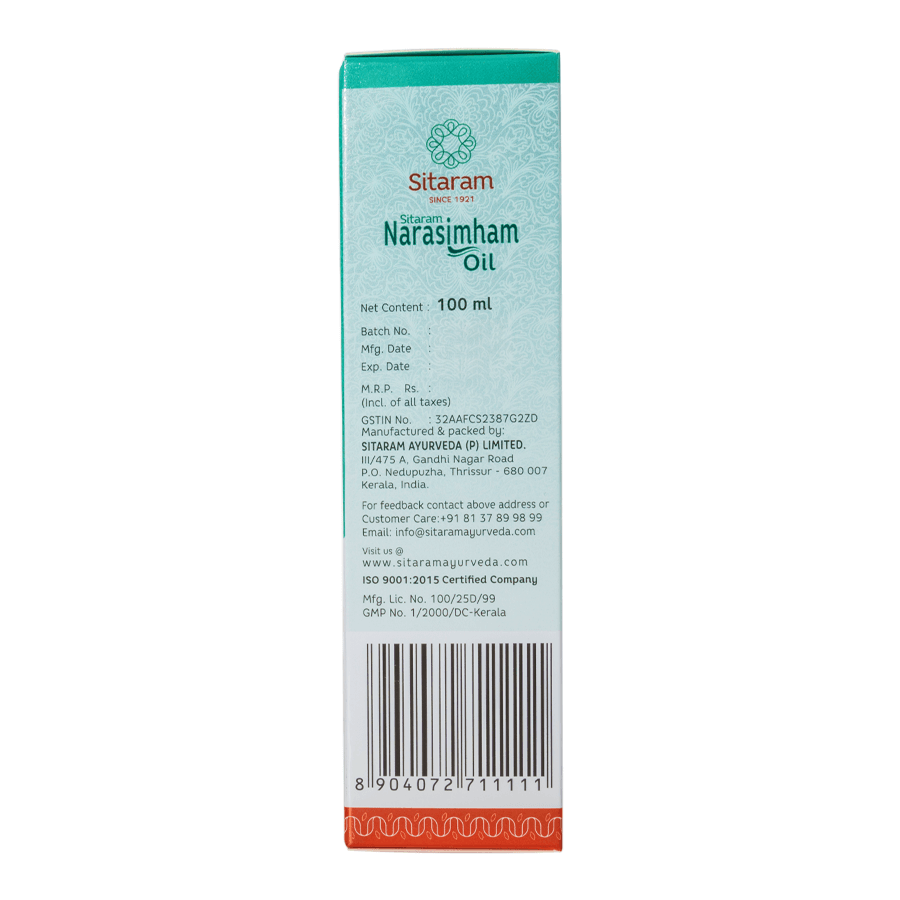
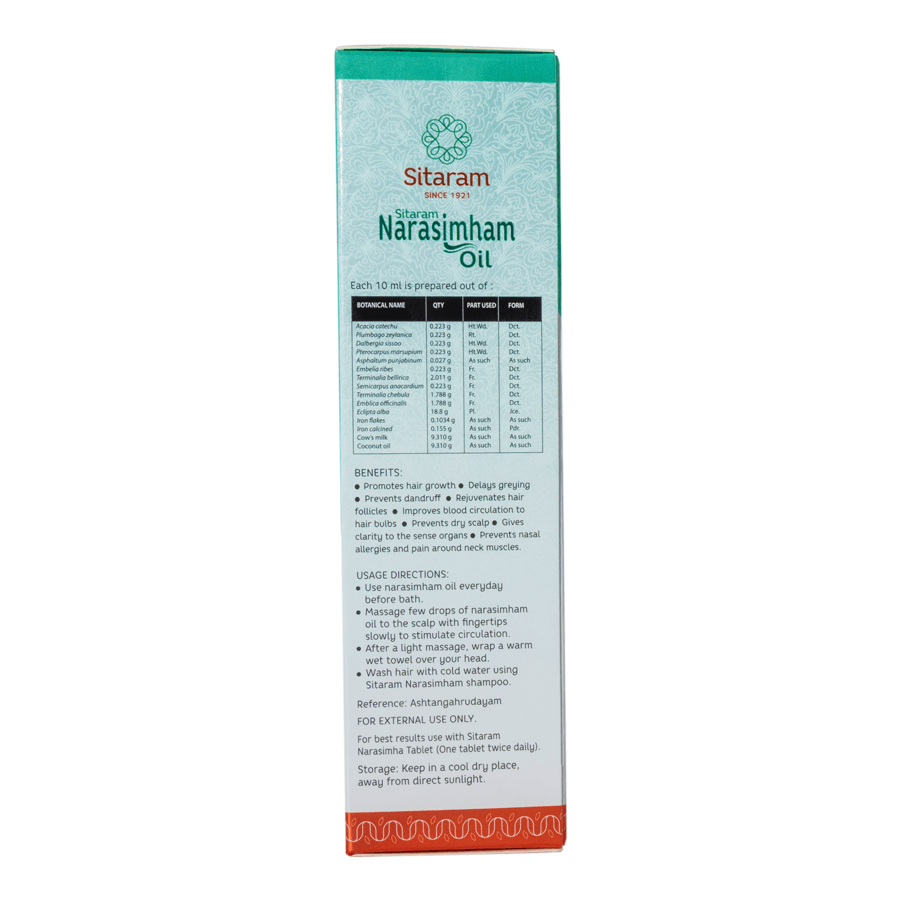
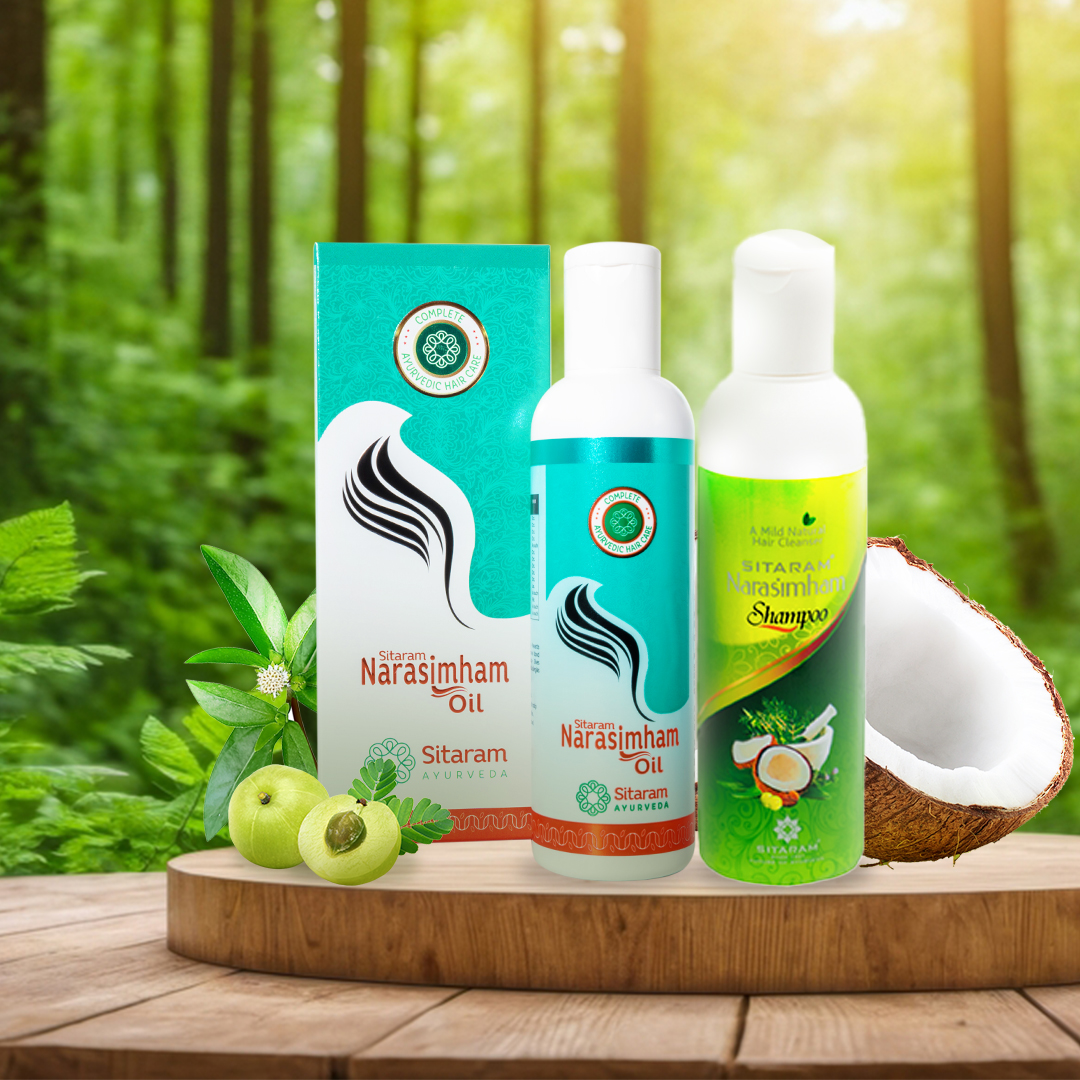
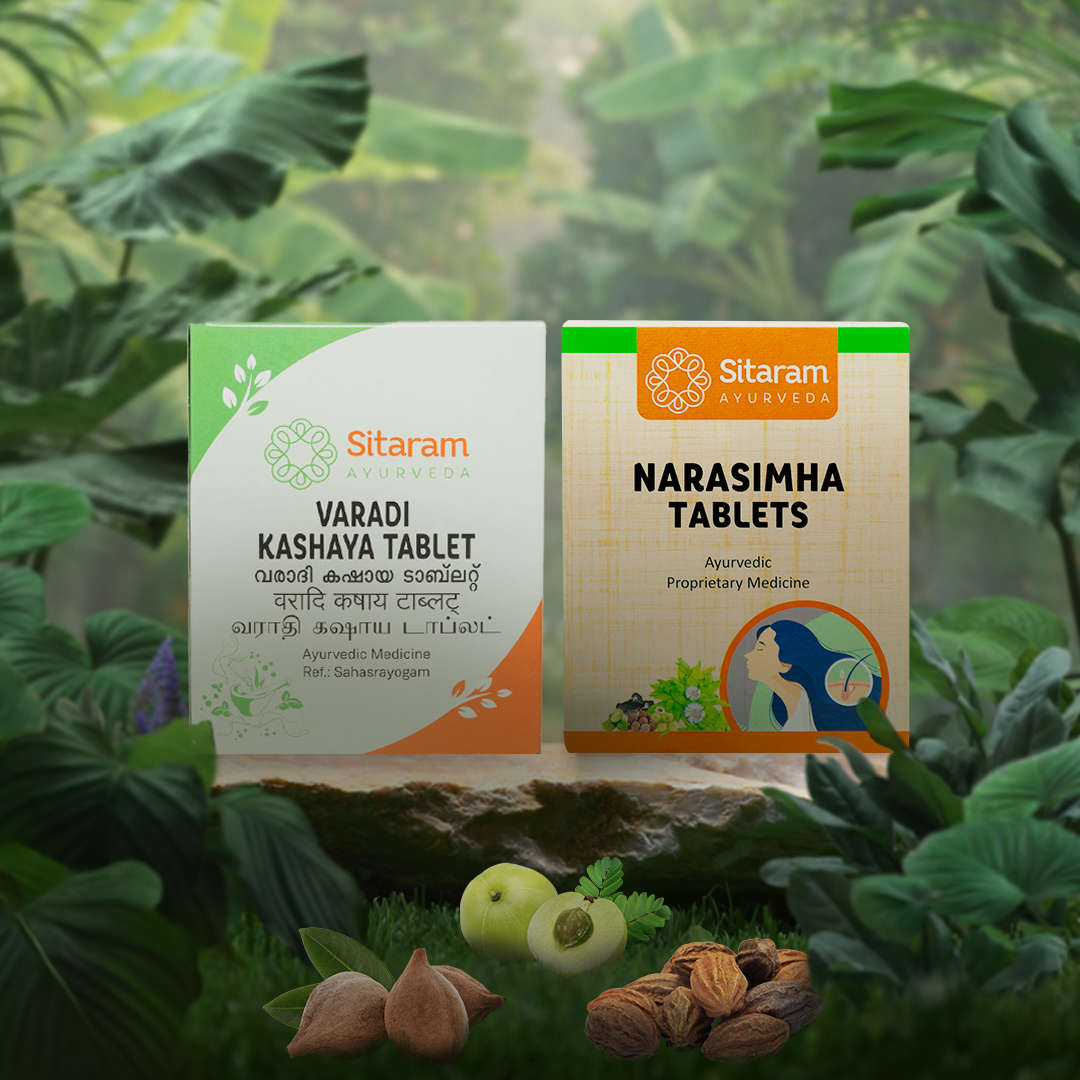
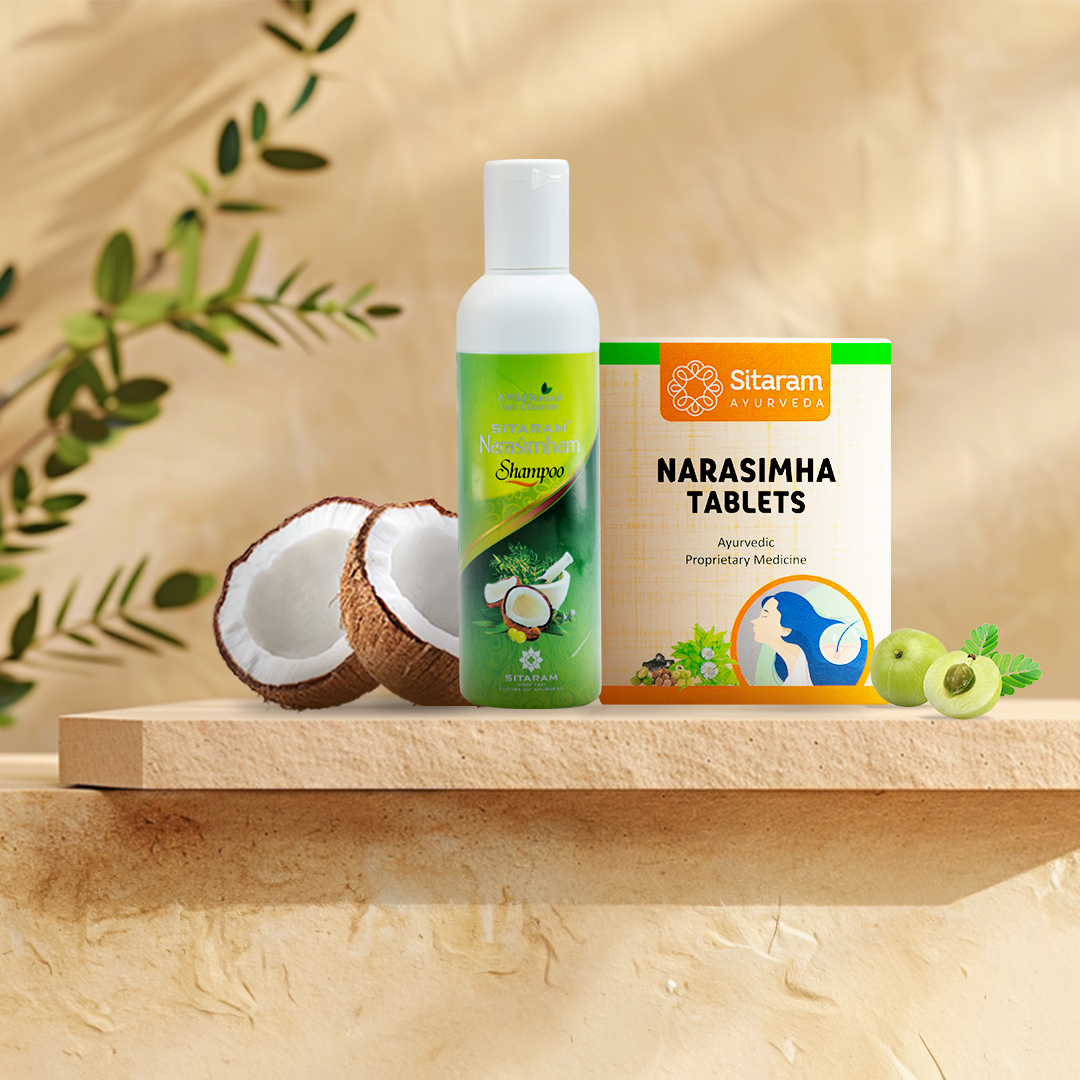
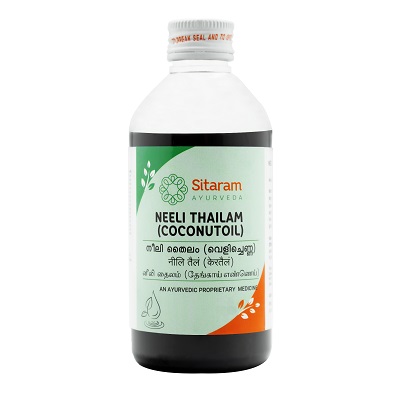
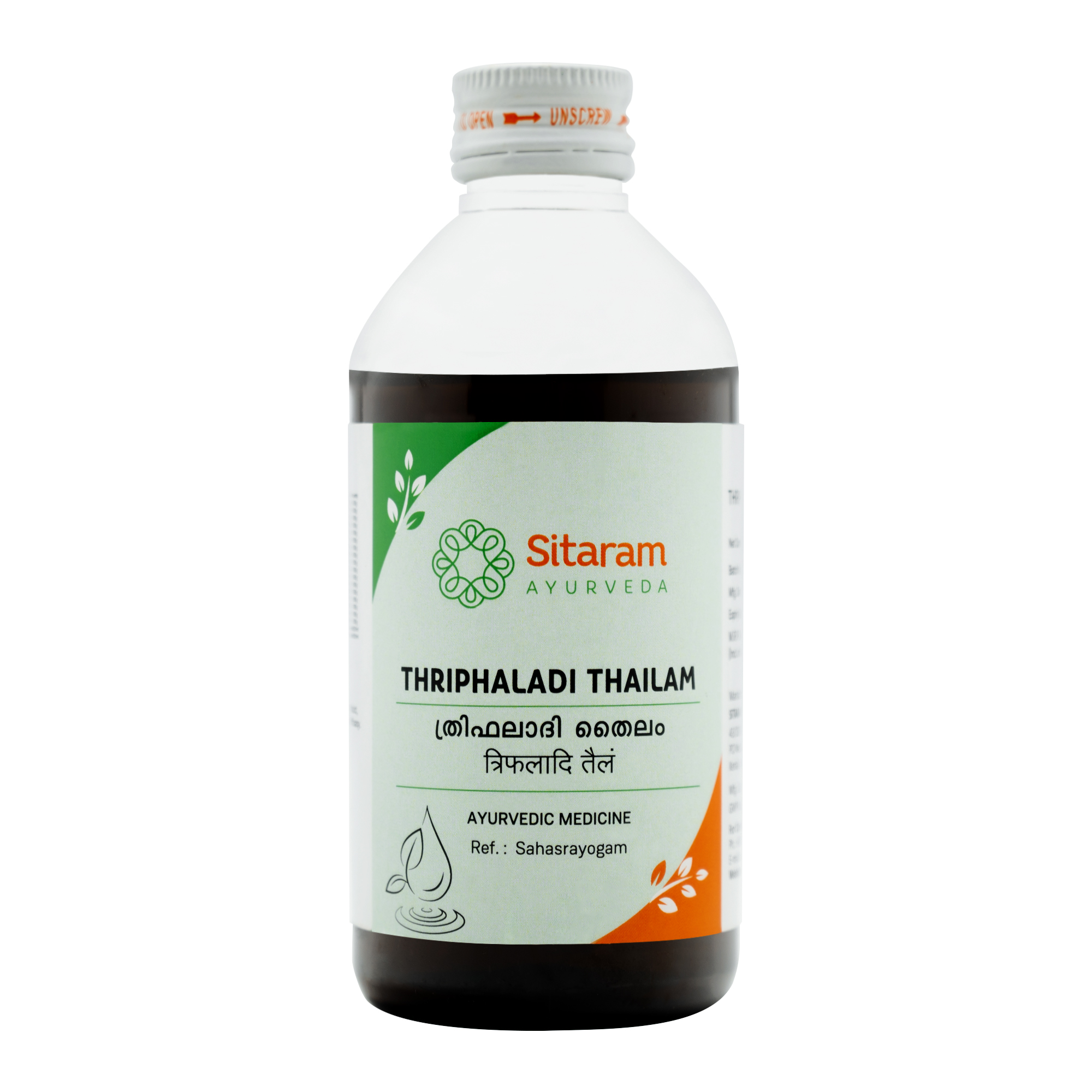
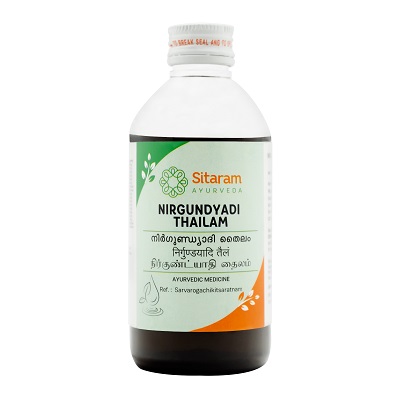
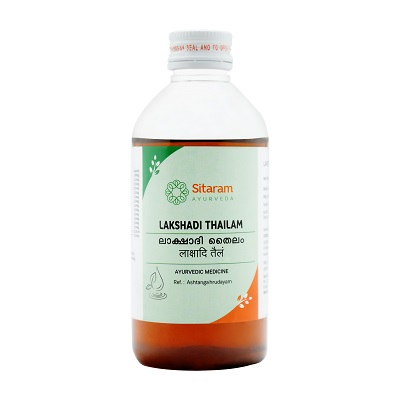
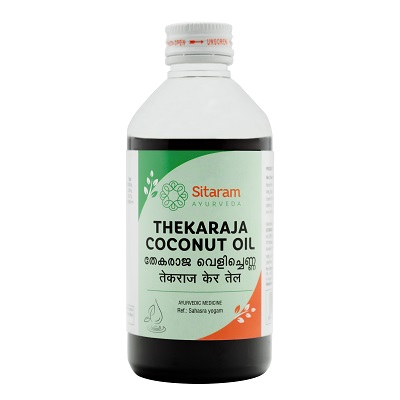
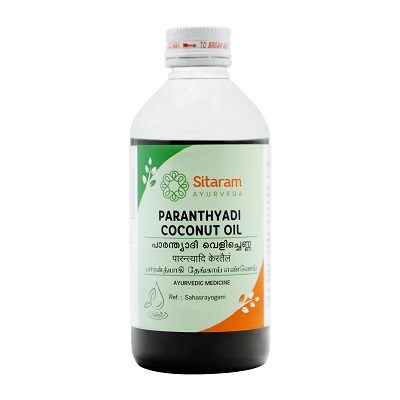
SSavita Kinni (verified owner) –
It’s just about a month and surely I can see some changes ,the extensive hairball is kinda getting under control.Have purchased for 2 more months to get the actual effect.
Dr Sobha Prasad (verified owner) –
I am using your oil since 2months and tablet since 3months, kindly add net banking facility through SBI in your online purchase option.
Chetan M. (verified owner) –
Deepak Singh (verified owner) –
Anuradha (verified owner) –
Anonymous (verified owner) –
this worked like magic Hairloss has stopped. Hair is softer and feels thicker.
Ines Dismuke –
I went over this website and I think you have a lot of good info , saved to fav (:.
Shambhu Nath Singh (verified owner) –
Excellent
P Bhaskar Bhaskar (verified owner) –
Still results to come